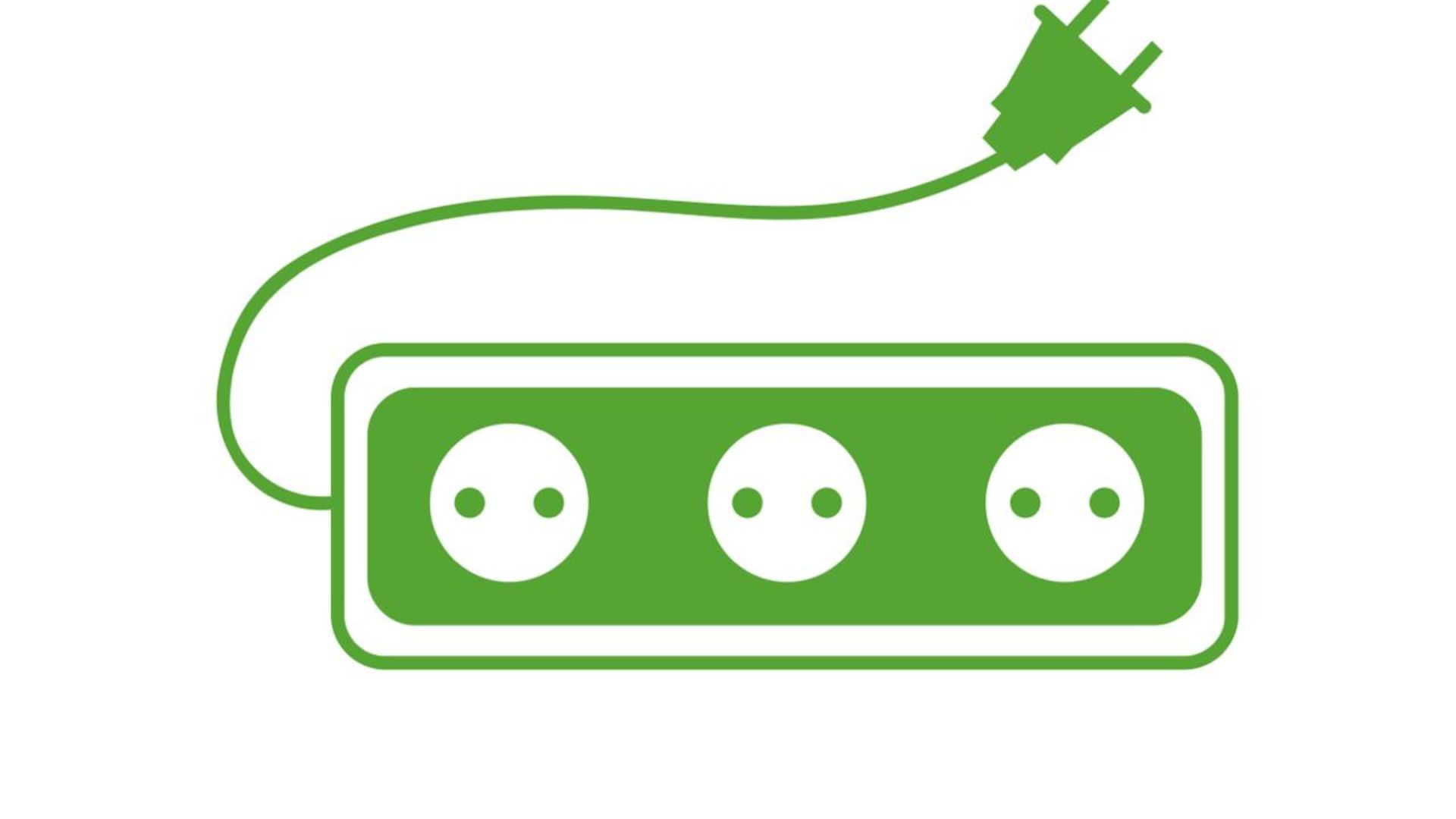Request information
For large buyers or companies it is possible to have price lists with different prices and payment terms.
The electrical industry has recently taken on a growing role in advancing environmental sustainability.
Sustainability is now a top priority, with eco-friendly materials and production methods helping to reduce environmental impact and deliver safer, regulation-compliant products for consumers.
ASA is committed to developing high-performance solutions that respect the environment, combining functionality, durability, safety, and design.
The electronics industry has seen incredible growth, offering consumers endless connectivity anytime, anywhere.
However, recent studies have highlighted the environmental impact of everyday electronic devices, especially the latest-generation models.
These products—such as smartphones, laptops, and televisions—often require rare earth elements (metals with unique magnetic, optical, and electronic properties) and heavy metals in their production. This process results in toxic waste and pollution of air and water.
A sustainable approach is therefore essential to reduce ecological impact and its consequences.
The use of recyclable materials and efficient production processes not only drives innovation but also reinforces manufacturers’ environmental responsibility.
Producing low-energy-consumption devices has become a key priority.
This is where the sustainable electronics concept comes into play: technologies and devices designed to minimize environmental impact through recycled materials, energy efficiency, and eco-friendly manufacturing processes, all while promoting longer product life cycles and responsible component recycling.
The electrical industry contributes to environmental challenges such as electronic waste, high energy consumption, and the depletion of natural resources.
Adopting recyclable materials and low-impact technologies is essential to reduce pollution and support long-term sustainability.
ASA is committed to environmental responsibility and complies with the RoHS Directive (Restriction of Hazardous Substances).
Introduced by the European Union in February 2003, this directive limits the use of harmful substances such as lead, cadmium, mercury, and hexavalent chromium, as well as flame retardants like polybrominated biphenyls (PBB), polybrominated diphenyl ethers (PBDE), and certain phthalates.
The company also adheres to the REACH Regulation, established by the EU to better safeguard human health and the environment from chemical risks.
Energy efficiency is a key factor in today’s electronic devices, helping to reduce energy consumption and minimize environmental impact.
Optimizing energy use has become a clear priority for both businesses and consumers.
It translates into lower operating costs and a meaningful reduction in CO₂ emissions.
This mindset aligns with the principles of the Green Economy, which promotes economic growth, environmental sustainability, and social well-being through the efficient and responsible use of natural resources and clean technologies.
READ ALSO
Types of USB: a comprehensive overview
The electrical industry is becoming increasingly sustainable, constantly evolving toward solutions developed with innovative materials.
Integrating the Circular Economy into the electrical sector is a key strategy for a more sustainable and resilient future.
Innovative materials and advanced technologies are key to reducing pollution, improving energy efficiency, and creating safer, longer-lasting products.
Reusable metals, eco-friendly polymers, and low-consumption circuits contribute to developing a more responsible industry focused on real sustainability.
Innovation is essential for developing sustainable and efficient electrical components.
Adopting new technologies and advanced materials improves performance, reduces energy consumption, and extends product lifecycles.
Companies are gradually adapting to this shift, adopting solutions that align with a more responsible and green vision of the electrical sector.
Combining eco-friendly materials with electrical components promotes a more efficient industry with a lower environmental impact.
Metals like aluminum and steel can be recycled, while advanced polymers and bioplastics offer eco-friendly alternatives.
These choices ensure durability and safety and reduce resource waste.
ASA uses materials free from harmful substances in compliance with the RoHS and REACH regulations.
Designing modern electrical components with a focus on energy efficiency is crucial.
ASA adheres to ErP (Energy-related Products) standards, which limit standby power consumption and contribute to reducing energy waste, according to European regulations.
A sustainable future is only possible through shared goals and collective commitment.
To this end, ASA demonstrates its dedication by investing in research and development.
An approach based on the responsible use of resources guides the company in its journey toward sustainability.
ASA prioritizes the quality and safety of the materials used in its production processes.
The company uses durable and reliable alternatives, ensuring the creation of sustainable products over the long term.
For example, some products contain copper and aluminum, which allow for approximately 40% recycling.
Equally important is the efficient use of resources and compliance with environmental industry regulations.
ASA is committed to complying with sustainability regulations through an approach centered on continuous evolution.
The synergy between the technical and quality departments drives this corporate trend, investing in cutting-edge equipment and tools necessary to ensure efficient and sustainable productivity.
Production processes are optimized to minimize emissions, ensuring a consistent response to the evolving needs of the industry.
The use of recyclable resources, the efficient management of energy consumption, and compliance with regulations such as RoHS and REACH are key elements in ensuring a green future for all.
ASA is gradually aligning with this vision by offering systems and solutions that reflect environmental responsibility.
Modular and customizable systems, such as VersaTek, stand out. This professional power strip features an aluminum profile and is made from self-extinguishing thermopolymers, ensuring safety and durability. This design reduces the need for frequent replacements, thereby minimizing waste production.
A more sustainable electrical industry is possible.
ASA is committed to developing technologies that reduce emissions and improve energy efficiency.
For large buyers or companies it is possible to have price lists with different prices and payment terms.
